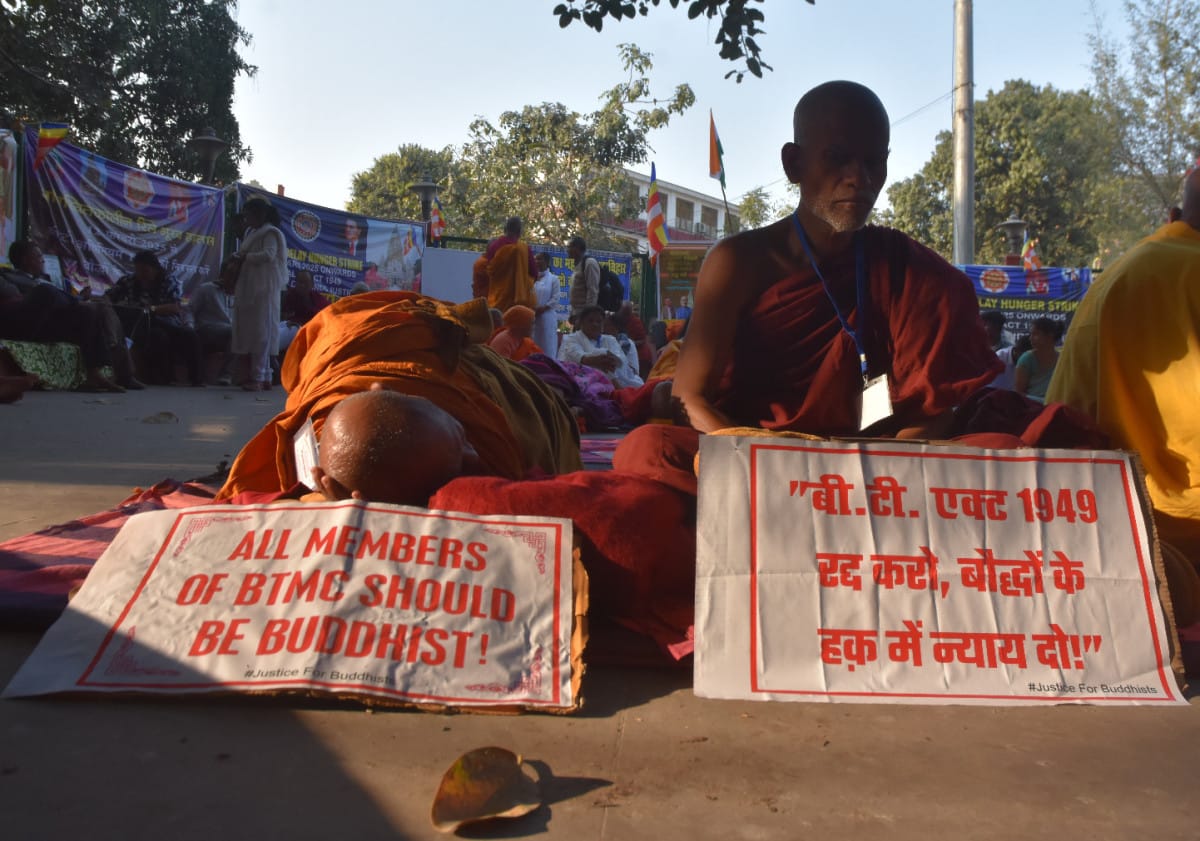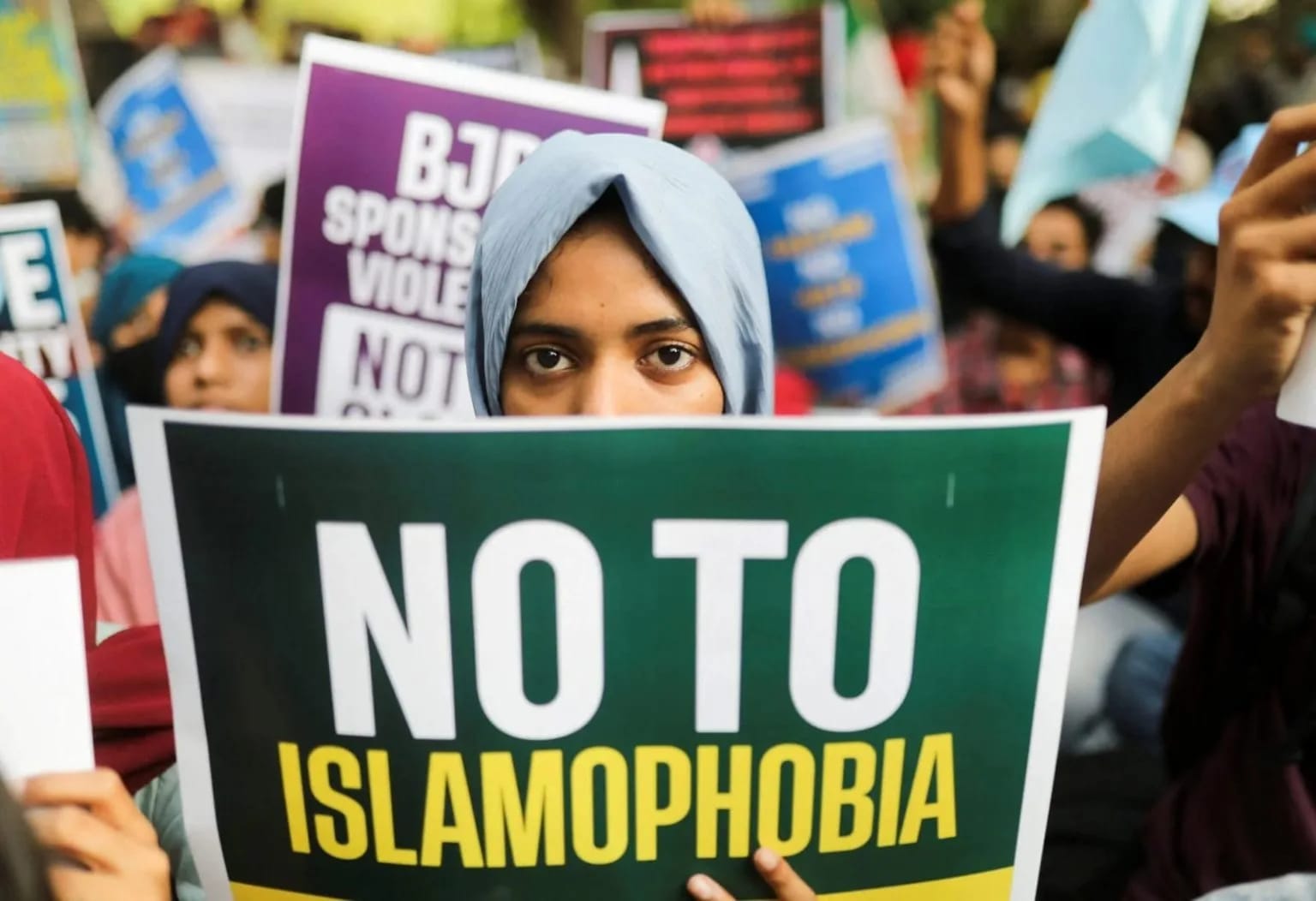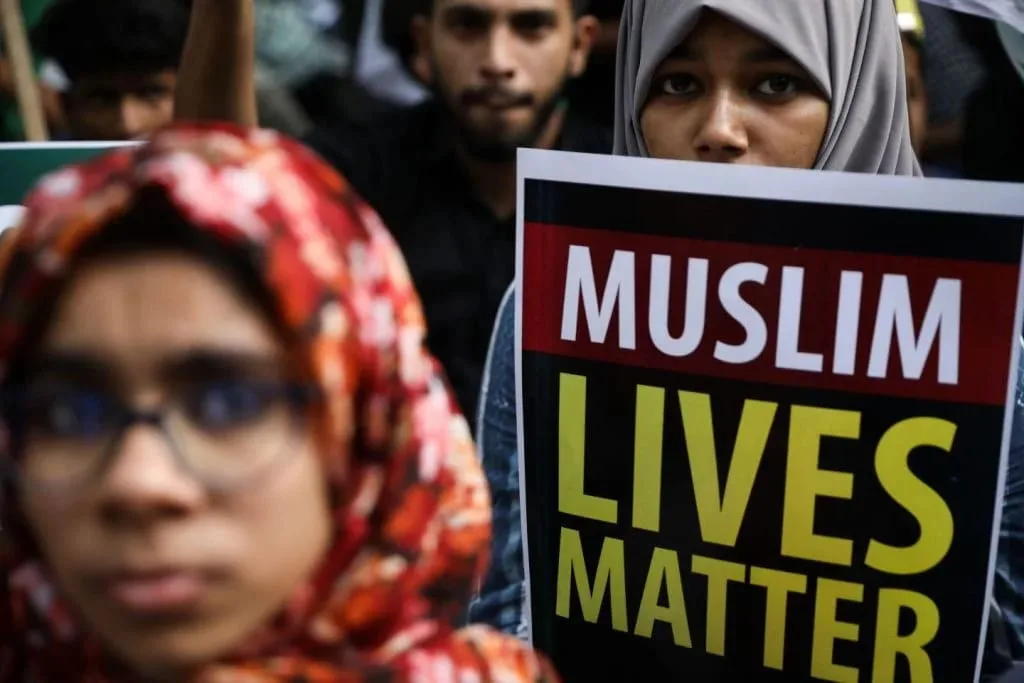Observably, more and more women in Kashmir today wear hijab, a term liberally used for any garment used by women to cover up. The spike in women covering up is a trend celebrated without any aspersions as it falls in line with the society’s religious morality – which often mistakes hijab to solely refer to voluminous cloaks. The state does not enforce a dress code, but the latent attitudes compel women to put themselves away.
Early in university, Aiman’s professor would regularly sermonize her on the significance of dupatta – which he called hijab colloquially. He would preach all her friends alike, who eventually gave in to his badgering. Aiman didn’t.
The sermons continued, during classes, lunch breaks and almost every time they crossed. Frustrated with Aiman’s refusal to comply, the professor called her friends to know more about her. Once he learnt that Aiman lived with her mother, a divorcee, he would no longer pester her. The reason: “Since she’s fatherless, it is expected of her.”
The words, says Aiman, made her realize the shallowness of the belief system of people around her. That she lived with her mother was reason enough to consider her a deviant and her not wearing hijab was taken as a proof of same by her professor.
Had she been wearing one, the professor might have been more reassuring. But now, she was far from deserving it. On the other hand, a close friend, Heba, was never asked by her father to wear hijab yet she does. It was the summer of 2011 that changed our perspectives regarding hijab. Perhaps on the same day, while I was harassed by a man in a local bus as I covered my head with a scarf and wrapped my body with a wide dupatta, she was humiliated in a local bus elsewhere for not wearing one.
Till then, I had been feeling safe wearing a hijab and she had been feeling comfortable in her attire. The talk about hijab does come up with the family at one time or the other. Even if the parents agree to give a choice to their daughters regarding the hijab, there has to be someone in the mohalla, a friend or any distant relative who has to influence the choice and sometimes it’s the prospective in-laws that play the role.
In our first meeting, 18-year-old Shehla instantly opened up about how the ‘morally sanctioned attire’ of salwar kameez and headscarf made her uncomfortable. “The scarf feels like a heavy helmet that blocks my breathing and the salwar as if the fabric is dancing in my legs.” She had not been the same all along. At 14, scoring higher grades in boards than her male friend led the latter telling her parents that Shehla could be seen roaming around with her boyfriend. In the conservative and morally paranoid society that Kashmir is, Shehla’s parents believed the boy. She was confined for days and let off only if she agreed to wear salwar kameez and a head scarf. She has since then. The hijab, she says, is a constant reminder of mistrust of her family and her vulnerability.
Shehla was coerced when she was just 14 and today it feels like a noose to her. She is yet to accept it as a natural part of her dressing. However, many women do, and many others just get accustomed to it and later advocate it for others- their friends, daughters and sometimes even strangers.
Apart from using hijab as a barometer of a woman’s chastity and morality, the way it is worn also manages to raise eyebrows. Many women wearing it spruce it according to their style. There are numerous posters across the city comparing women in a conventional style abaya to a woman in wearing head scarf over a western dress. The former is marked as right and the latter as wrong. Such distinctions only perpetuate an idea that latter do it only as a style statement and requires to be rectified.
From wearing it or not, the other dictum is hence on “how to wear it”. Hijab, like all other things, has to be recognized as a private affair and not a collective ordinance by society. When that happens, it is likely that women find themselves confused between their choices with the societal obligation.
Looking at the religious perspective of it, the concept is rather broader than the societal interpretations. It is a practice of modesty at all ends, by all genders in specific ways. My harasser never wore his hijab. The men who pass crass comments on roadsides seeing any woman wear no hijab. At the end of the day, all responsibilities to maintain the rectitude are put on women and their hair and head scarves. So if there is a flood or an earthquake or anything incongruous, a simple explanation is that women drifting from religion is the cause. One of the signs of ‘drifting’ is not wearing hijab, irrespective of their inner selves.
Also read: To Hijab Or Not To Hijab: Should I Follow The Crowd?
About the author(s)
A teacher and a learner.




